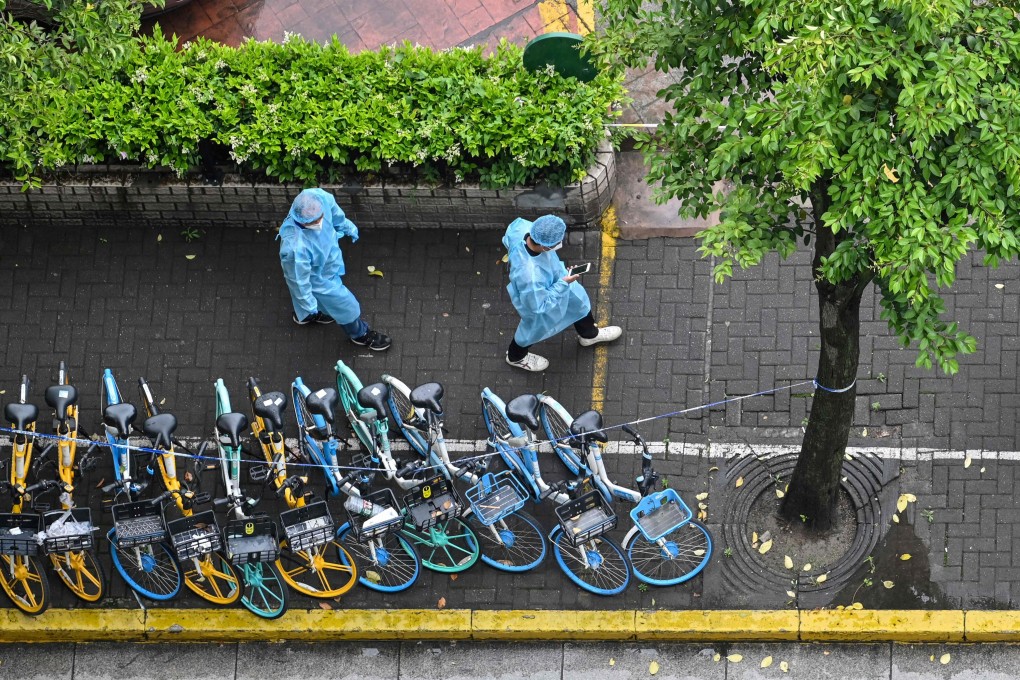Editorial | China wise to follow dynamic-zero policy while risks remain
- Despite keeping the numbers of infections and deaths low, the country has been criticised internationally with even the world health chief calling its strategy unsustainable

China’s strategy to fight the Covid-19 pandemic has a proven track record. Termed “dynamic zero”, it has kept the numbers of infections and deaths low compared to other countries.
Ghebreyesus said on Tuesday that the United Nations health body believed China should change its approach given “the behaviour of the virus and what we now anticipate in the future”. Many countries are easing controls, determining the worst of the pandemic is over.
But large parts of Shanghai, China’s most populous city and financial centre, remain locked down for a sixth week and residents of the capital, Beijing, have been undergoing repeated testing. Inevitably, policies that involve stopping the movement of people, quarantining those considered at risk and taking the infected to hospital when they exhibit no symptoms, are perceived by some as archaic.
Authorities face rising criticism, particularly from the West and businesspeople, over the perceived economic and social costs of the approach. But it is not a rigid strategy and allows flexible responses to prevent outbreaks in line with local situations. The common goal is to stop serious infection and death. Oversimplifying what it means is bound to lead to misunderstanding.
China has an especially vulnerable population, with about 176 million people aged 65 and older, many with underlying diseases. While strong institutional and organisational systems have kept outbreaks in check, medical facilities are uneven and generally not on par with those of developed countries. That means a delicate balancing act to prevent outbreaks while ensuring lives and the economy are not overly disrupted. Chinese value life above all else. Until vaccines and treatments can eliminate risks, there is every reason for the dynamic-zero policy to remain.
